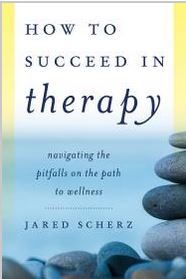 The countdown to the end of the school year has begun. With students only theoretically connected to their chairs and final marking period deadlines looming, teachers and students alike are bound to be feeling stressed.
The countdown to the end of the school year has begun. With students only theoretically connected to their chairs and final marking period deadlines looming, teachers and students alike are bound to be feeling stressed.
Here are some stress-preventing tips you can share with your students in these final weeks:
Stretch Out Stress: You could probably use a break from standing and the students might love a chance to be out of their seats and still be following directions. Stretching releases endorphins, the body’s natural stress reliever.
Color Me Relaxed: Coloring books for adults are the latest craze in stress-busters. When is the last time you picked up a set of new, sharp markers and just colored?
Tune Out: Did you know that singing increases the flow of oxygen to your brain and lowers blood pressure? Can’t carry a tune? Don’t worry, humming one note or sound has many of the same benefits. How about a round of ‘name that tune’ next time you have a few minutes before the bell?
Stay Connected: While the students may not have any trouble chatting with their friends, you may have let your relationships take a back burner to work. A quick text, email or call to a friend can remind you that you’re not in this alone.
When in Doubt, Write it Out: Whether it’s stream of consciousness, doodling, poetry or daydreaming about your perfect summer vacation, journaling can help you disconnect from the stress of the day for a few minutes. Spelling and grammar don’t need to count when the journal is for your eyes only!
ROFL: There’s a reason it’s called the best medicine. Laughter releases endorphins, increases the flow of blood to the heart and increases the immune system. If your classroom is internet-ready, why not check out a doggy day care web cam for some quick laughs, because puppies.
Above all, attention to sleep, water and healthy food will help protect you from the end of the year demands so you can finish the year with enough energy to enjoy your well-earned break.




